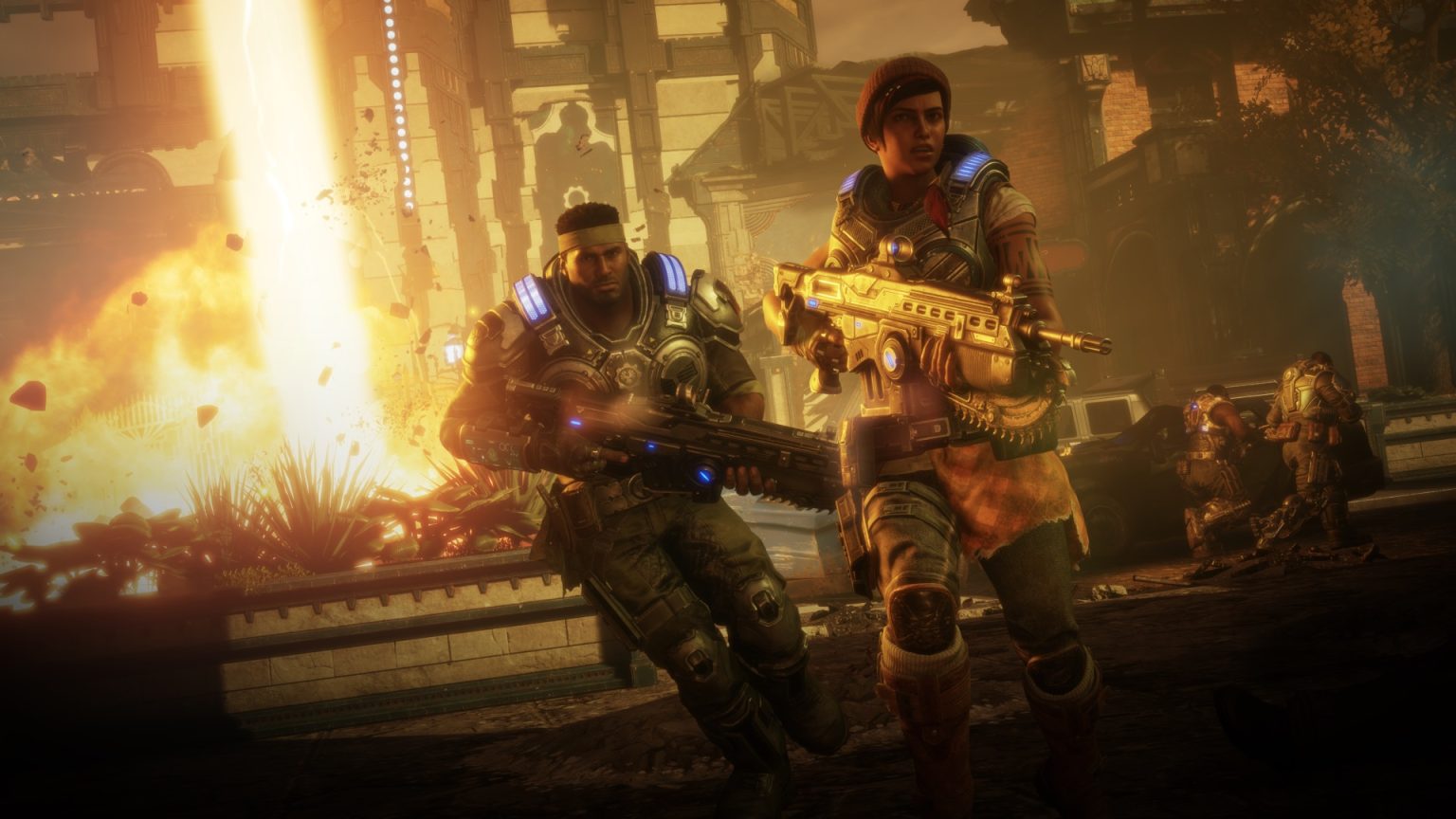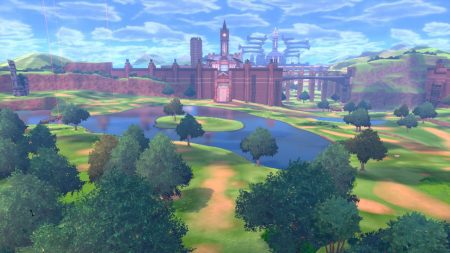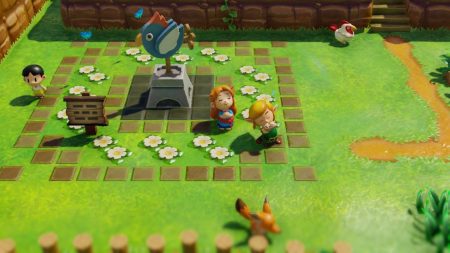The Best of 2019 (and Years Past)
As I discussed during the latest Punished Chat, I’ve had an been especially difficult time creating a Game of the Year list for 2019. It’s not that I didn’t play anything good; I just didn’t play anything particularly extraordinary or groundbreaking. In fact, the most interesting and defining games I played this year — the ones that challenged my tastes and stuck with me for months — didn’t come out in 2019.
Most of what I played that did launch this year fell into familiar territory. Many of the best experiences I had were sequels, spiritual successors, or just had a lot in common with games I’ve experienced before. There’s nothing fundamentally wrong with this, as I went through several major life transitions this year and found these kinds of experiences comforting. Still, it made it harder than ever for anything to stand out, and the games that did were from previous years.
Having said all that, I really liked the games I did play! From clever RPGs to bombastic brawlers, many of this year’s games were fun, exciting, and enthralling in numerous ways. While few were particularly innovative or novel, the best experiences of 2019 were an absolute blast, and some managed to tell especially moving stories.
I can’t say I liked any one game over all the rest; my feelings on which games I enjoyed the most have fluctuated constantly throughout the year. In many ways, this is a good thing, as it means I played a lot of really good games! On the other hand, it makes forming a coherent list all the more difficult.
With all that in mind, I’ve decided to approach my “Games of the Year” list for 2019 a little differently than in the past:
- My list of best games of 2019 will not have an official ranking and will be presented in alphabetical order. The list will contain 13 games.
- While I do think some games were better than others, I will not be selecting a singular “Game of the Year,” as I don’t think I could make a strong case for any single one over the rest.
- To better reflect the broad range of experiences I had this year, my best of 2019 list will be preceded by a separate list of the five best games from this year that didn’t come out this year. This list WILL be ranked, and for brevity, each game will have a roughly Tweet-length blurb.
Now that all has been cleared up, here are my five favorite games I played this year that did NOT come out this year (from least favorite to most favorite):
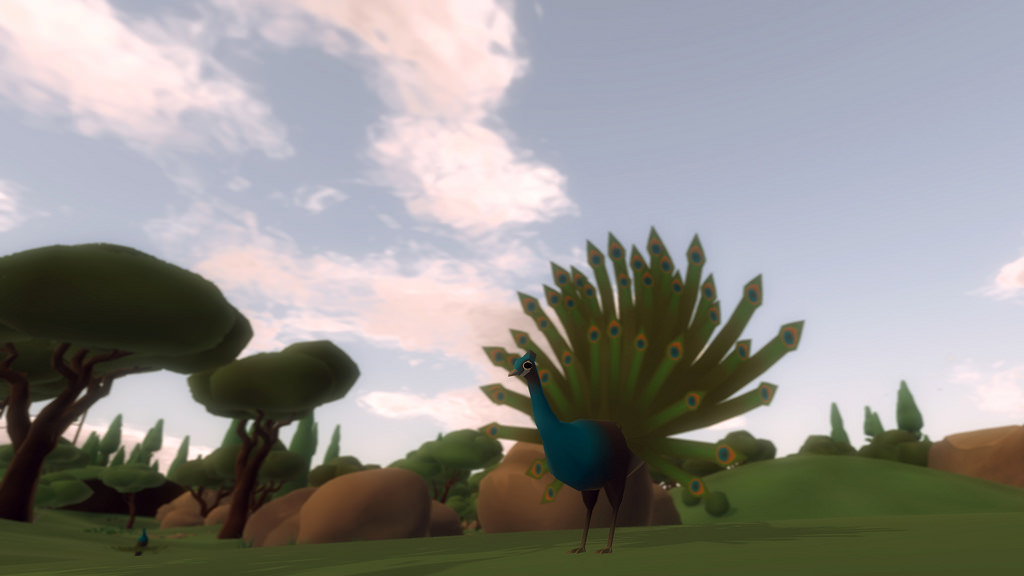
Everything
Everything is a simulation game that explains how anything that lives, from trees to bees to planets to microbes, constantly works in concert with all that surrounds it, and that one only lives as a piece of a cosmically large puzzle we call existence. This is also a game where you do somersaults with deer and can make amoebas dance.
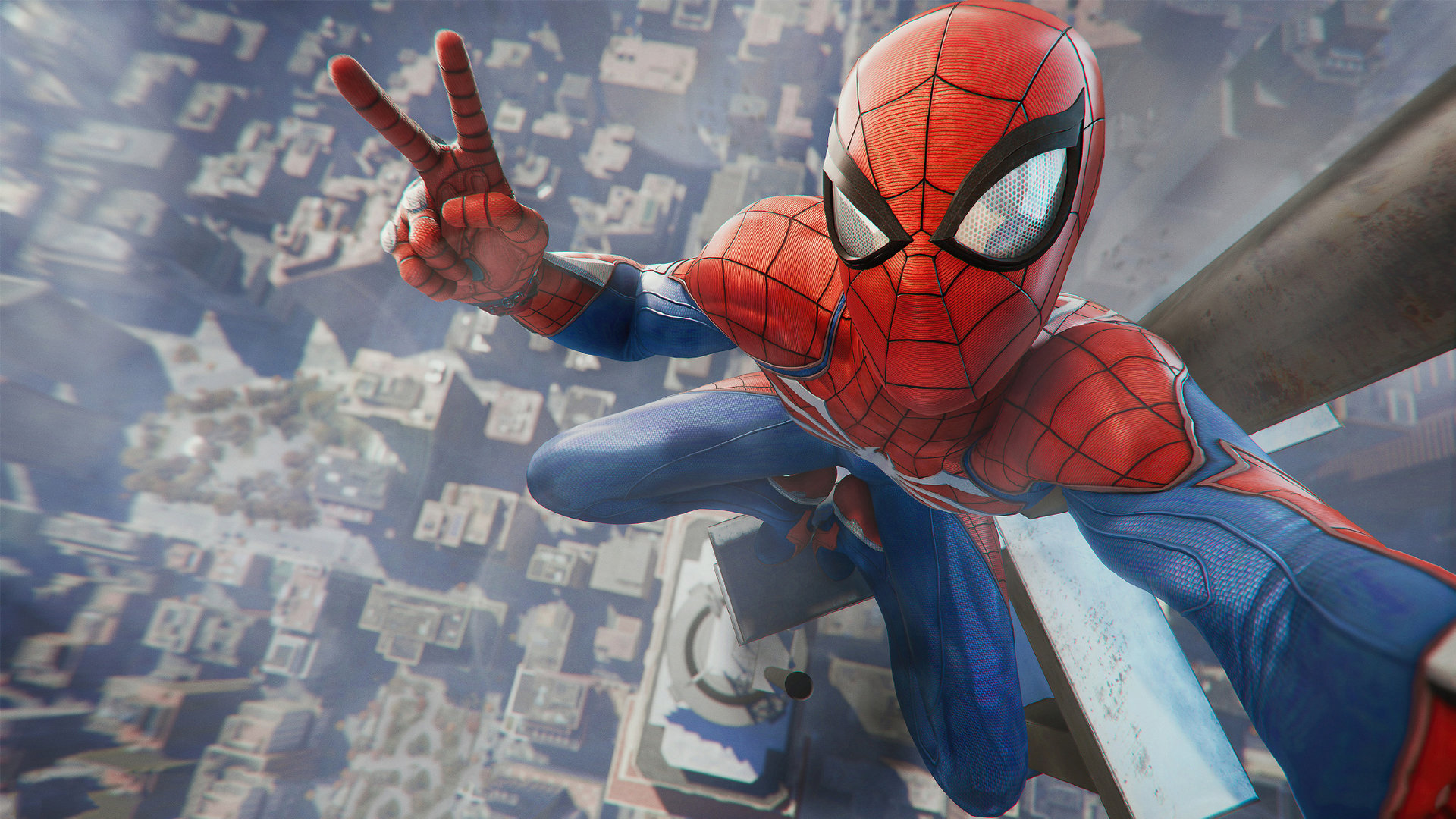
Marvel’s Spider-Man
Insomniac’s 2018 effort tells a heartwarming (though somewhat predictable) hero’s tale that nicely complements a lively and compelling open world, the latter of which teems with worthwhile tasks and an impressive attention to NYC detail. Swinging through Manhattan as the red-and-blue crusader feels as good as any form of traversal in video games, and the wide variety of side missions and challenges means there’s never a dull moment.
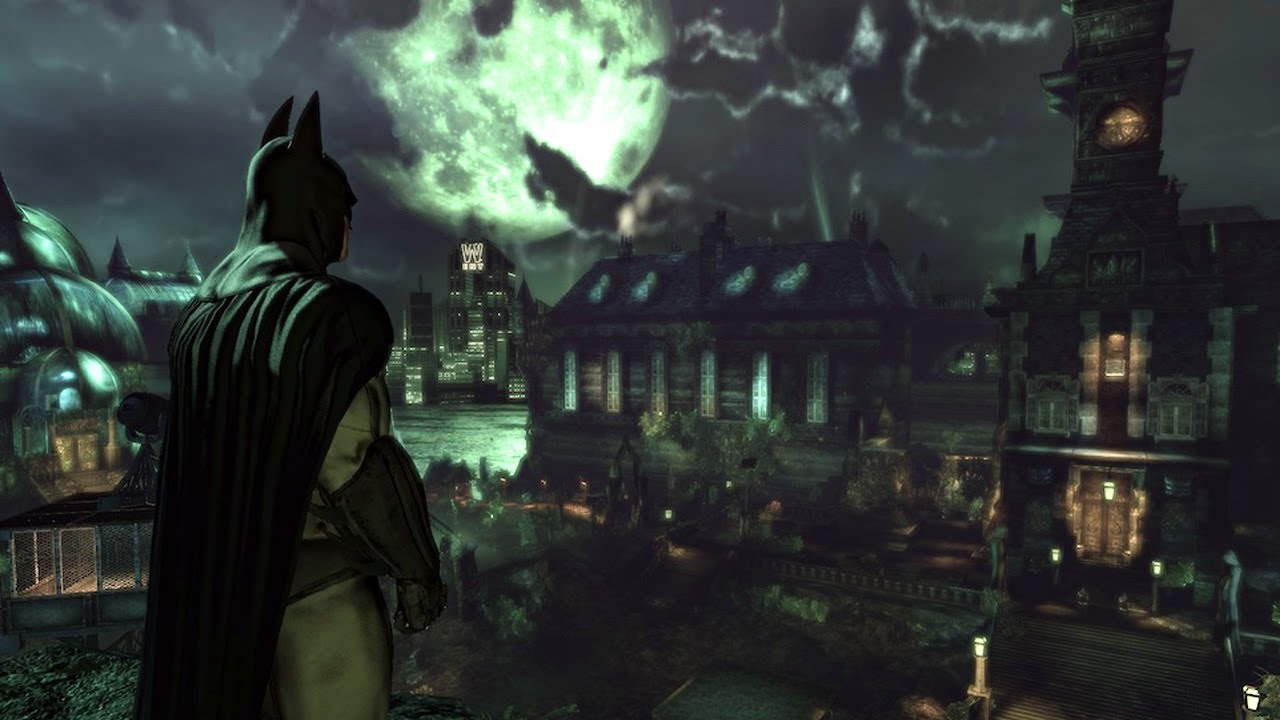
Batman: Arkham Asylum
Arkham Asylum absolutely nails the terrors of being trapped in a cage with everyone and everything working against you. Through its scintillating atmosphere, phenomenal voice acting, and gameplay that rewards creativity, Asylum presents the quintessential Batman experience — one that clearly changed the way developers approach superhero games.
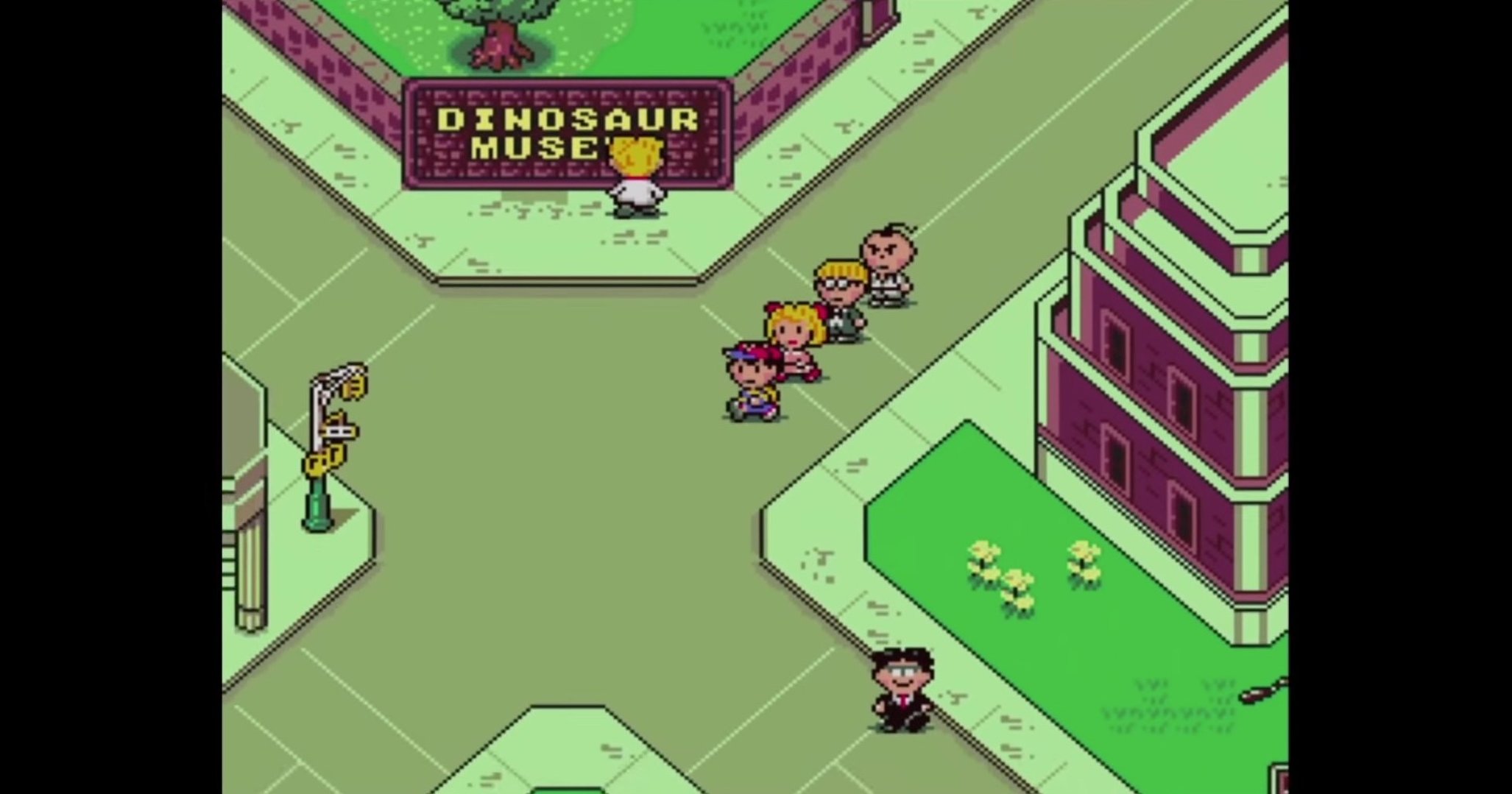
EarthBound
The best compliment I can pay to this lovably odd Super Nintendo title is that no other game I played this year incited more critical thought in my brain than EarthBound. Its bizarre nature never gets in the way of its earnestness, and its dedication to parody doesn’t undercut its heart. A clunky yet fascinating experience.
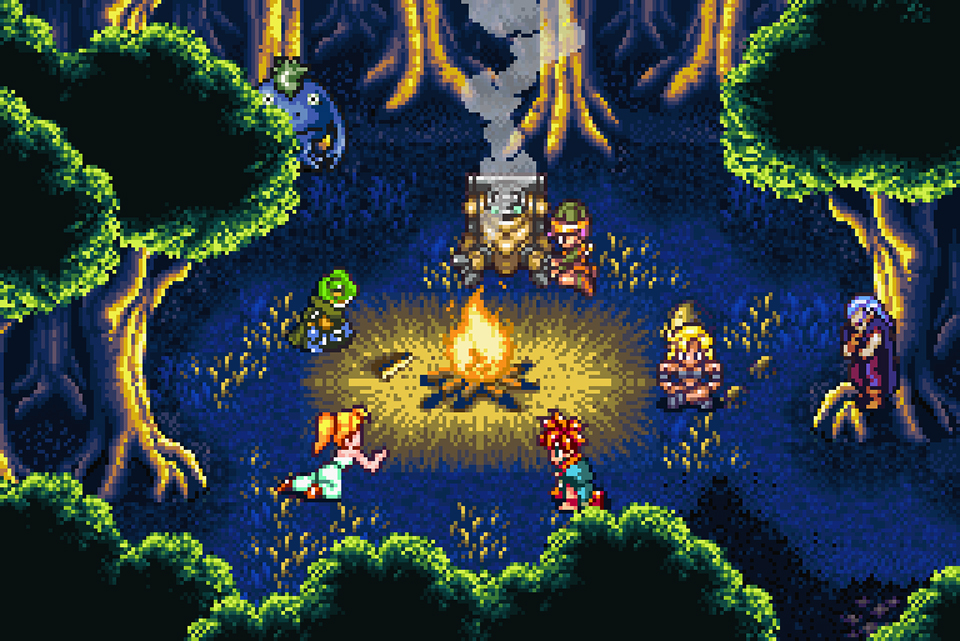
Chrono Trigger
What else can I say? Chrono Trigger was more than just a fun time for me; it convinced me that JRPGs can be just as moving and engaging as anything else (a view I largely rejected before) and reignited my love of 90s-era world design. A spectacular work, regardless of when you play it.
Honorable Mentions: Nier: Automata, Never Alone, God of War (I guess)
And now, here are my favorite games I played this year that DID come out this year:

Cadence of Hyrule
Cadence of Hyrule isn’t just a great rhythm-action game; it might be the best Zelda spinoff ever made. The delightful (though short) indie game got to the heart of what people love about the decades-old Nintendo franchise: exploration, creative item use, and intriguing world-building through music and art direction. While the game’s magnetic pull on me faded after a matter of weeks, I admire what developer Brace Yourself Games accomplished with the title, and I hope to see more of what they have in store.

Devil May Cry 5
If nothing else, Devil May Cry 5 is the most self-assured game of 2019. The hack-and-slash title from Capcom is absurd, ebullient, bloody, horrifying, horny, and completely uncompromising in its ridiculousness. It is the perfect example of when a developer builds a game around a core concept (or set of mechanics) and makes everything fit wonderfully within a simple but clear identity.
Honestly, as much as I enjoyed DMC5, there’s only so much I can say about it. The mechanics are silky-smooth and fairly easy to learn, the level design is straightforward and clear, and the art direction is as gross and haunting as one would expect from a story built around killing demonic creatures that seem to emerge only from places with Gothic architecture. On the other hand, the plot is ludicrous (even by video game standards) and the main experience is fairly short, with the only sources of replay value being attempts to perfect combos and a variety of challenge rooms.
That said, Devil May Cry 5’s basic, straightforward nature is what makes me appreciate it as much as I do. The game knows what it is: a bonkers kill-fest led by emo zaddies who are just as likely to save the world as they are to play the bass for My Chemical Romance. That was what Capcom was going for in the first place, and they absolutely delivered the best possible version of that concept. DMC5 doesn’t need an open world or the extra bells and whistles that often plague AAA games. Its goal was to provide explosive, colorful action, and it 100% achieved that goal.
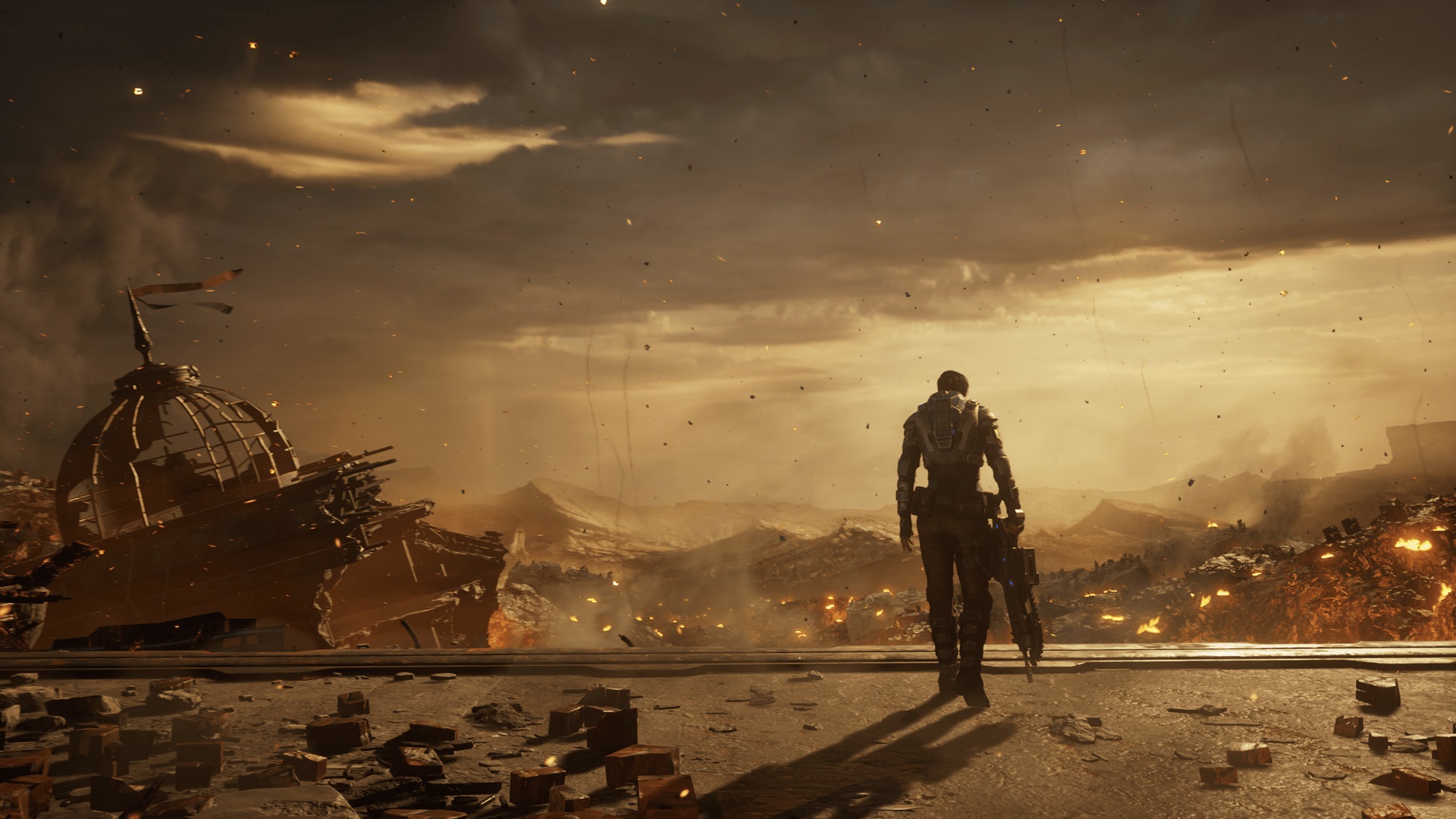
Gears 5
Gears 5 presents a new vision for the Gears of War series that was much needed. While most of the basic gameplay mechanics have carried over from prior games, the tone of the story, the emotional resonance of its characters, and the clarity of its ideological messages made Gears 5 not just the most mature entry in the franchise, but possibly the best one overall.
Most importantly, Gears 5 isn’t afraid to tell the player that they’re fighting on behalf of an evil organization, and that they have been this whole time. The transition from the guns-blazing attitude of JD Fenix in Act I to the more thoughtful yet also destructive nature of Kait Diaz for the remainder of the game is emblematic of the franchise’s shift towards a more reflective and nuanced take on war. And yet it doesn’t “trick” the player into committing some unbelievable atrocity just to show them that they’re the “real” bad guys; the story is told in such a way that the player is fully aware of the risks of every drastic action they may take, and the game doesn’t tell you everything you do is justified. All it says is that your options are limited and that you’ll have to live with whatever decisions you make.
Also, the multiplayer modes are all very good.
(Side note: I’m genuinely surprised the campaign of Gears 5 didn’t resonate more with the gaming world at large. It manages to find a nice tonal balance, without demonizing the player the way Spec Ops: The Line does or valorizing their problematic activities the way the Modern Warfare games do. Especially in an era where God of War gets praised to high heaven for its alleged emotional maturity, you’d think another franchise essentially calling out its previous entries for their lack of delicacy and nuance would be viewed in a similar light. I suppose that’s a discussion for another day.)
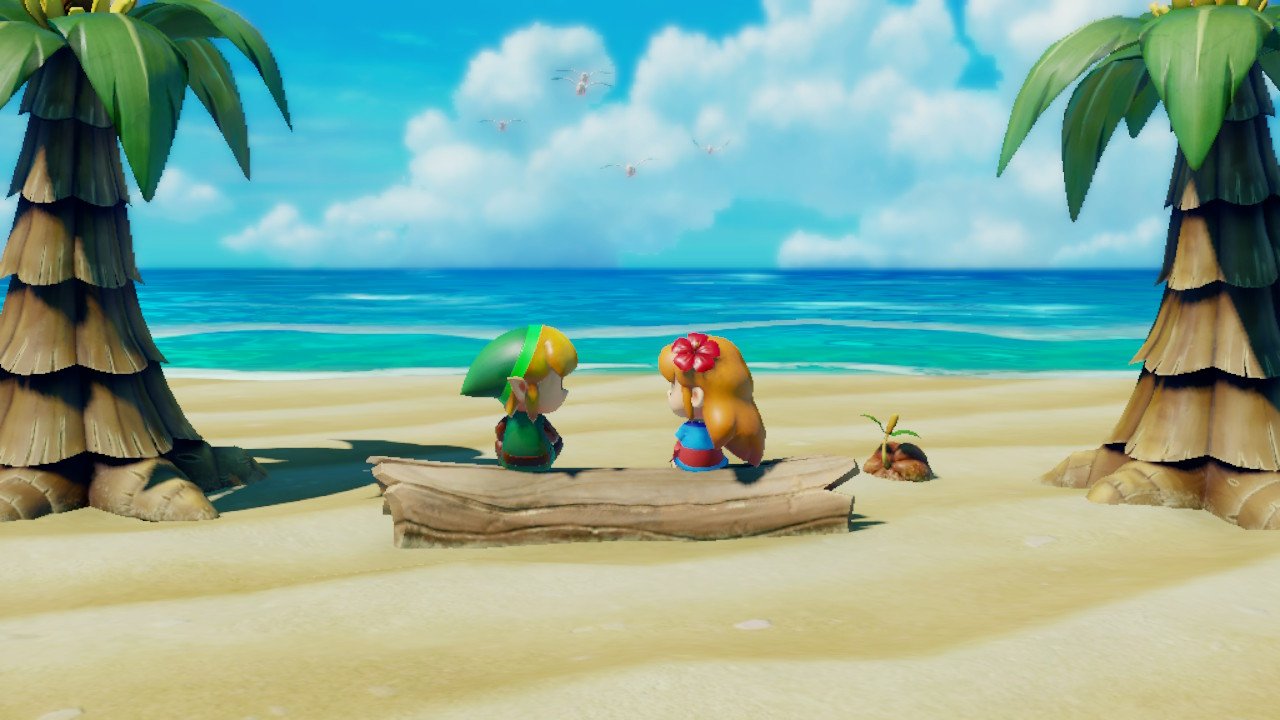
The Legend of Zelda: Link’s Awakening
I never finished Link’s Awakening on the Game Boy (or, rather, Link’s Awakening DX on the Game Boy Color). I enjoyed the basic conceit and gameplay of the miniature Zelda game, but just never felt compelled to move forward past the third dungeon. For the most part, this was due to the frustrating item-switching mechanics, but the world also felt like it lacked the kind of scale that has defined the franchise for decades.
Luckily, this year’s remake of Link’s Awakening for the Switch addresses both of these issues. The tiny island of Koholint feels bigger and more vibrant with its graphical upgrades, and the extra buttons mean I never had to worry about switching out my sword and shield, as they are both equipped at all times now. These may seem like basic quality-of-life changes that would improve any game, but in this case Nintendo removed the annoying roadblocks that hindered my enjoyment of the first handheld Legend of Zelda title. As a result, I now finally understand why the game is held in such high regard.
The dungeons in Link’s Awakening are fascinating mazes full of clever challenges, the world teems with delightful secrets, and the colorful, charming cast of characters rivals that of any other game in the franchise. Most of all, though, this remake allowed me to experience the full breadth of Link’s Awakening’s tragic story, where the hero’s journey ends exactly where it started — leaving the player to wonder if they did the right thing.
Typically, I prefer to leave remakes, remasters, and ports off my Games of the Year lists, as I would rather highlight newer works. I decided to make an exception here, because Link’s Awakening was in many ways a new experience for me, and one I won’t soon forget.
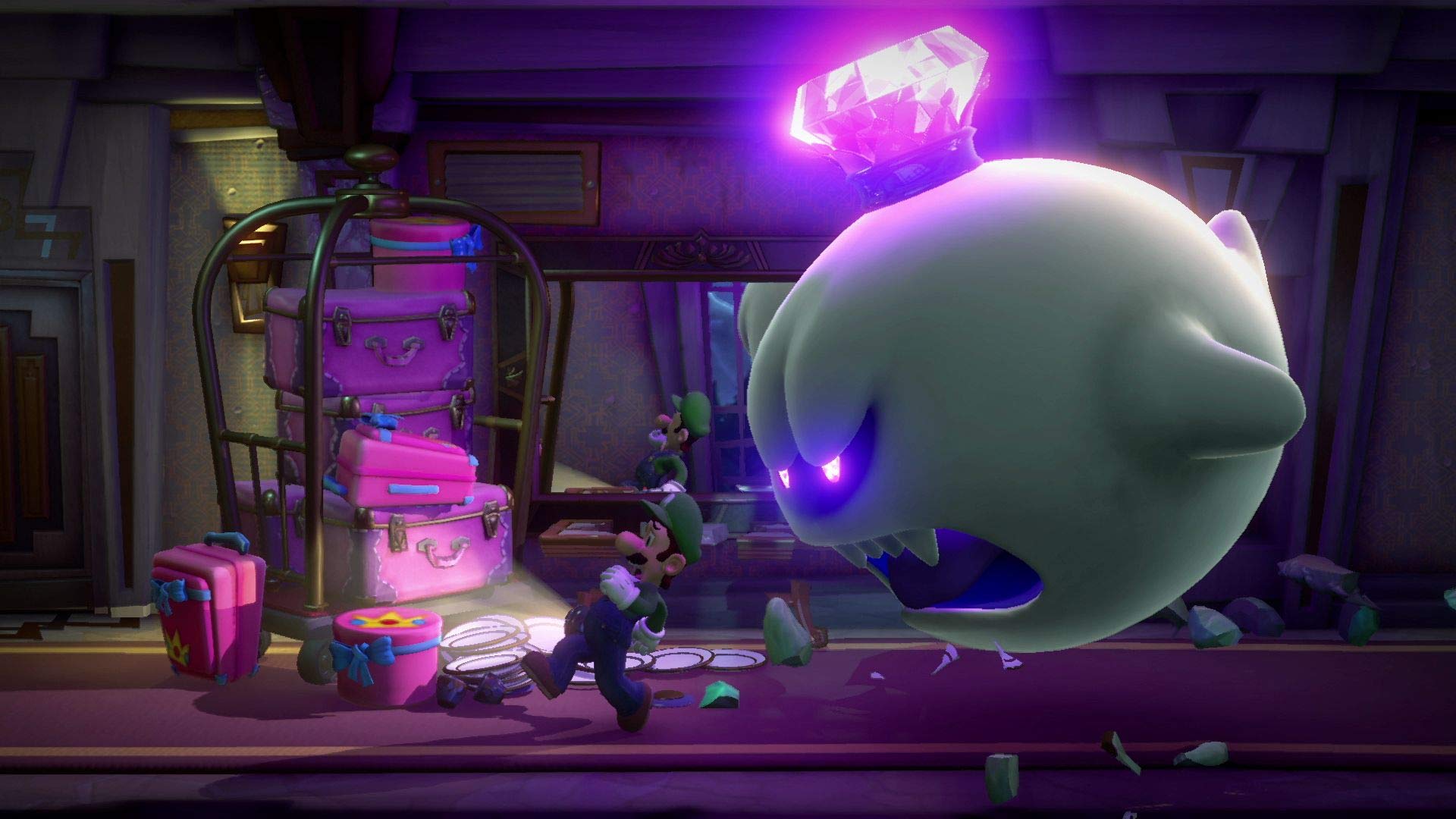
Luigi’s Mansion 3
The most impressive part of Luigi’s Mansion 3 is how much worthwhile content it presents despite its lack of scale. The haunted hotel where the story takes place isn’t actually that big, and each floor only has a handful of rooms. Yet around every corner, in every trash can, behind nearly every poster, and inside every closet lie secrets waiting to be discovered by the more curious of players. The intelligent level design found in Luigi’s Mansion 3 crossed with its gorgeous, eye-popping visuals establishes a mysterious yet inviting atmosphere — one that I loved digging through and exploring. Also, the ghost dog is cute as shit.

Marvel Ultimate Alliance 3: The Black Order
Much like Devil May Cry 5, the latest in the Marvel Ultimate Alliance franchise is unrelenting in its campiness and generous in the tools of destruction it gives the player. There isn’t anything deep about The Black Order’s story, nor does there need to be. The action-packed gameplay is more than enough to catapult the title into Game of the Year territory, with dozens of heroes to choose from, multiple ways to assemble your four-person team, tons of bombastic combos and powers, and one of the more complex progression systems I’ve seen in a game so conceptually basic. While it’s not particularly unique, Marvel Ultimate Alliance 3 is an impressive accomplishment nonetheless, as its effervescent gameplay and lovably silly story beats make it one of the more enjoyable romps of 2019.
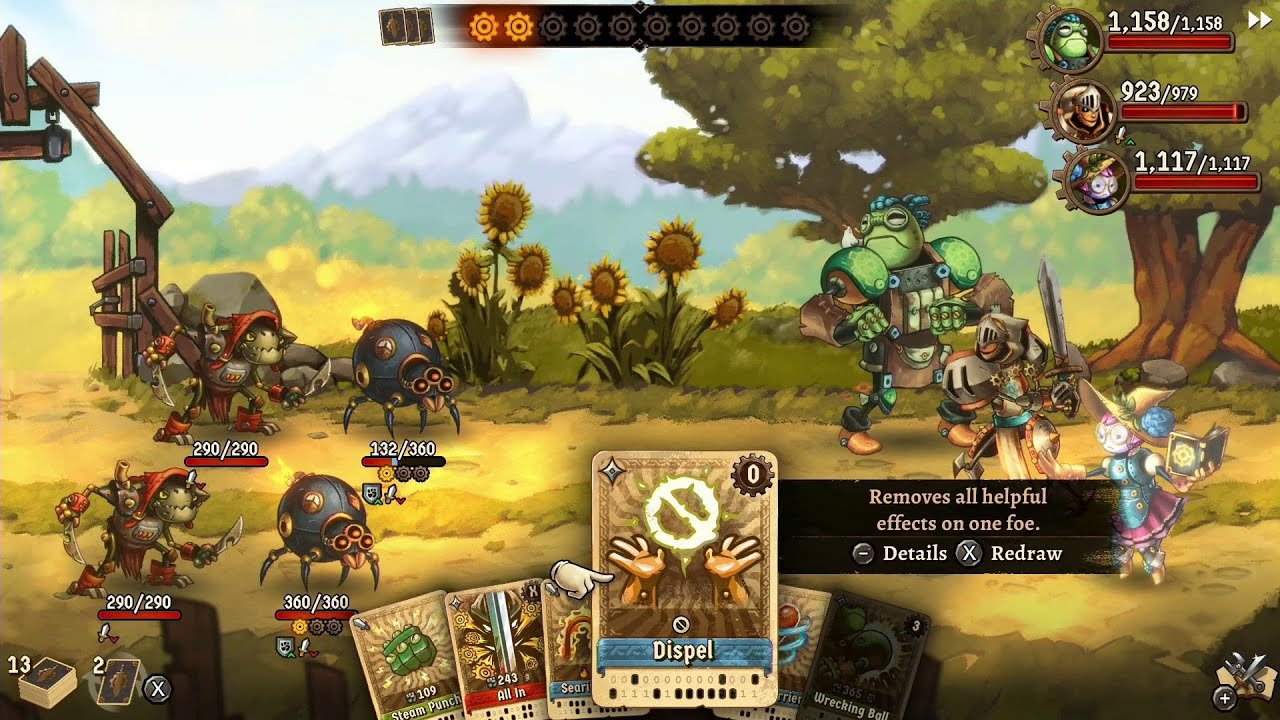
SteamWorld Quest: Hand of Gilgamech
SteamWorld Quest is what happens when you take a pretty basic idea (card-based linear RPG) and mix in the right amount of humor, character, and combat variety to create an enchanting experience. The story is mostly just an excuse for anything in this game to exist, but the 2D animations and charming cast of heroes makes even just looking at the game an engaging experience on its own. The card-based combat, however, is this game’s bread and butter, and it delivers one of the most fun and thoughtful battle systems of the year. In most RPGs with turn-based combat, I try to pick my battles carefully, but in SteamWorld Quest, I was more than happy to fight anyone standing in my way, as every skirmish was a legitimately good time.
It’s not perfect. The story drags a little longer than necessary, there’s barely any worthwhile post-game content, and some of the playable fighters just aren’t that fun to use. Still, there’s a lot to like in SteamWorld Quest, and I’m hoping to see a sequel sometime soon.
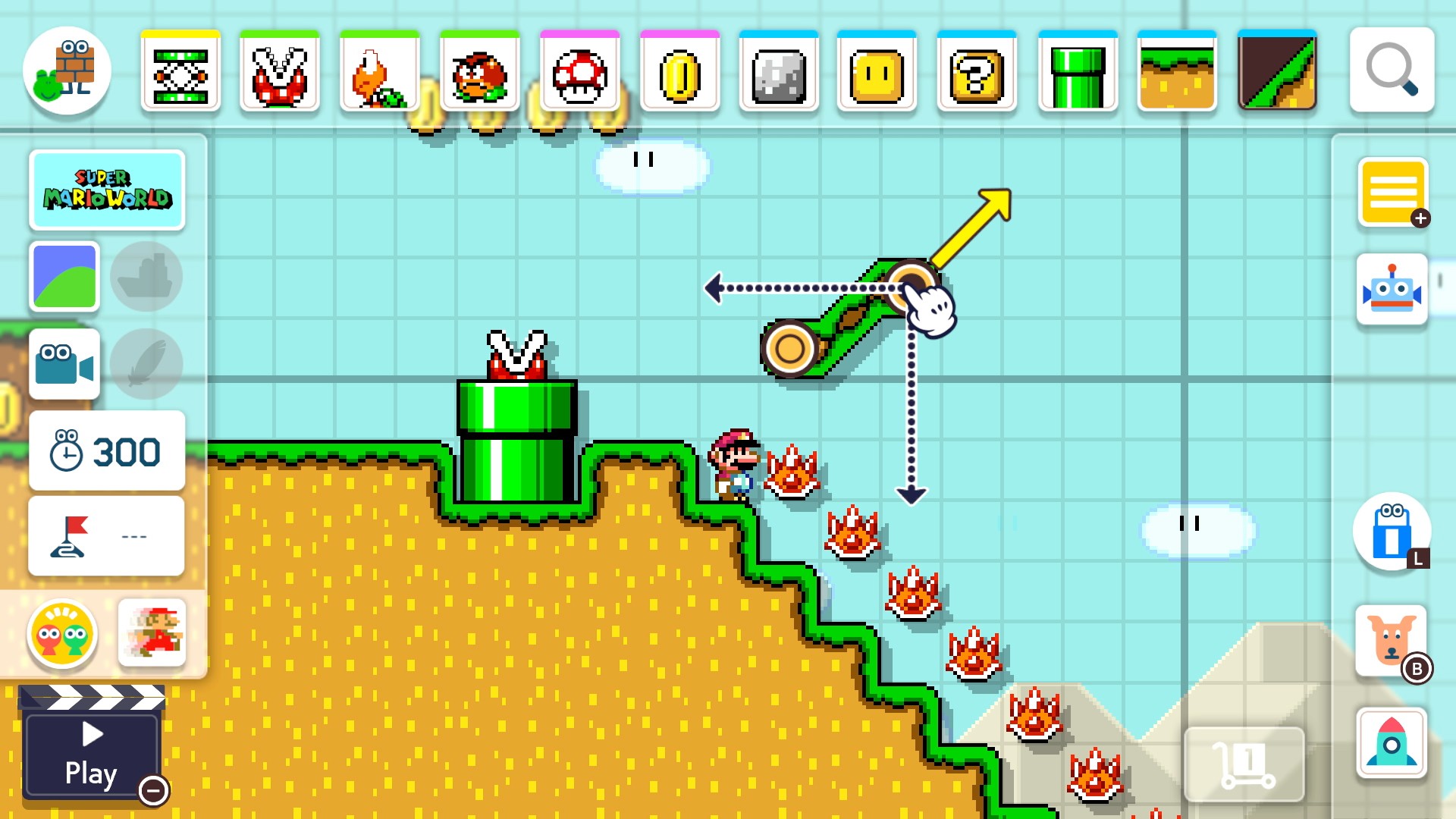
Super Mario Maker 2
The best thing about this year’s follow-up to the 2015 classic? Even six months after its release, I can still find levels in Super Mario Maker 2 that blow my mind. Obviously, the latest Zelda update for the game has a lot to do with this, but it’s incredible that nearly half a year after this game hit store shelves, people are still finding new and creative ways to build interesting levels I haven’t seen before. New kinds of puzzles, art styles, and challenges seemingly pop up each day, as Mario Maker 2 has matched its predecessor in how it allows players to create novel, engaging experiences for months on end. I haven’t stopped playing Mario Maker 2 since I got it, and I don’t know if I ever will.
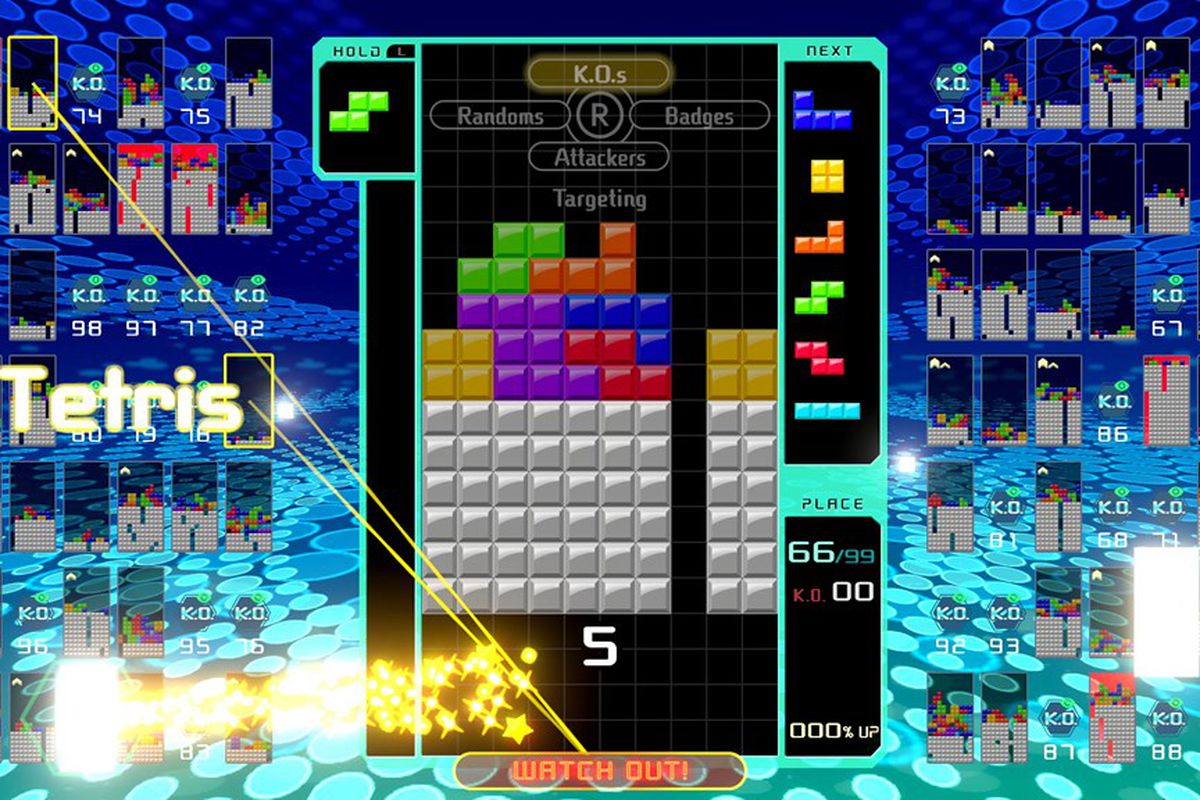
Tetris 99
The best gaming moment I had this year was my first victory in Tetris 99. It’s not that I’m especially competitive or anything; it just felt like I had conquered an impossible task in an especially challenging world.
While Tetris on its own is essentially about surviving a battle against yourself, Tetris 99 is about struggling in that same kind of battle while 98 other people work against you at the same time. This isn’t like a certain other battle royale game, where you can find ways to hide and avoid conflict until the very end. Rather, Tetris 99 forces you to be constantly aware of all the forces closing in on you, and the breaking of bricks is all there is. It’s all you can do. And when it feels like everything in the world is pushing you, wanting you to crumble in its wake, there you are, clearing lines and making it to the end, proving that you can handle all the shit standing in your way as long as you stay focused.
While I lead a life of immense privilege and happiness, I also have to deal with anxiety on a daily basis. For me, it’s not just the big things that stress me out, like moving to a new apartment or busier days at work; it’s the confluence of smaller items, like renewing a passport or paying my credit card bill, that makes me feel at times like the world is closing in on me. Combined with the endless barrage of awful news stories and my apparent addiction to reading Twitter nonsense, the everyday stresses of real life under today’s capitalism often make me feel surrounded and make me yearn for a release. Tetris 99 has given me that release this year more than any other game, TV show, movie, or book. More than just a conduit for my tensions, the game lets me know I can conquer much of the stresses that hinder my enjoyment of life, as all I have to do is keep going. Keep breaking. Keep surviving.
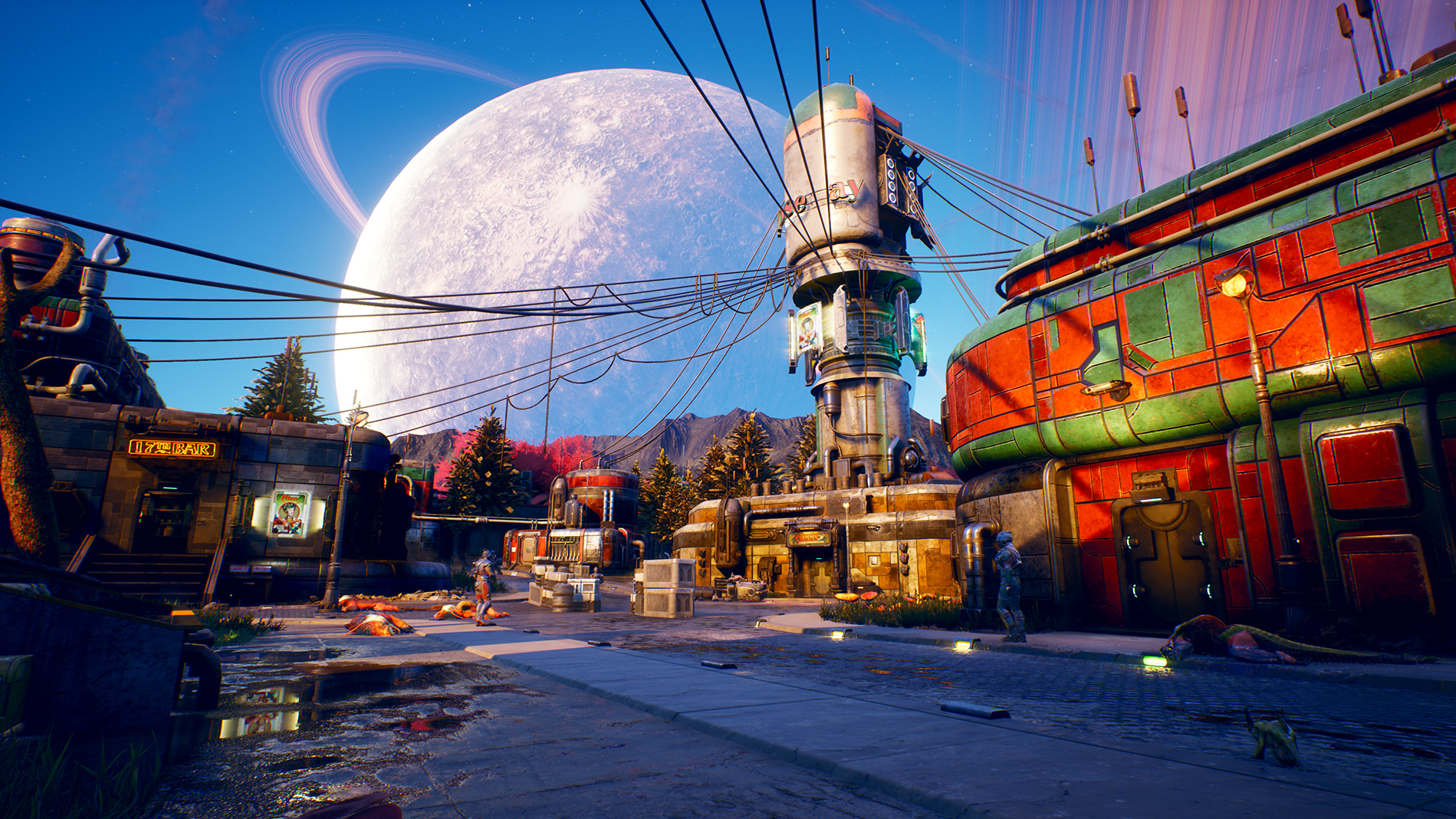
The Outer Worlds
In many ways, The Outer Worlds belongs in a different era. The sense of humor, approach to item management, and narrative structure are all straight out of the late 2000s. Still, this isn’t a bad thing: The latest from Obsidian manages to capture the best elements of that time period and refine them to the point where the whole product feels fresh. Sure, it might seem like a clone of Fallout: New Vegas at first, but The Outer Worlds adds enough of its own flare and fun to present an engaging and worthwhile experience.
Also, in a weird way, the game’s brief length might be one of its best features. Role-playing games have a tendency to overstay their welcome or bloat themselves with mountains of worthless content. The Outer Worlds, instead, gives the player just enough high-quality RPG goodness to keep them interested without overwhelming them with nonsense and pointless tasks. Everything that exists in The Outer Worlds deserves to be there, and that’s not something I can honestly say about many games in the genre.

Untitled Goose Game
HONK. HONK. HONK.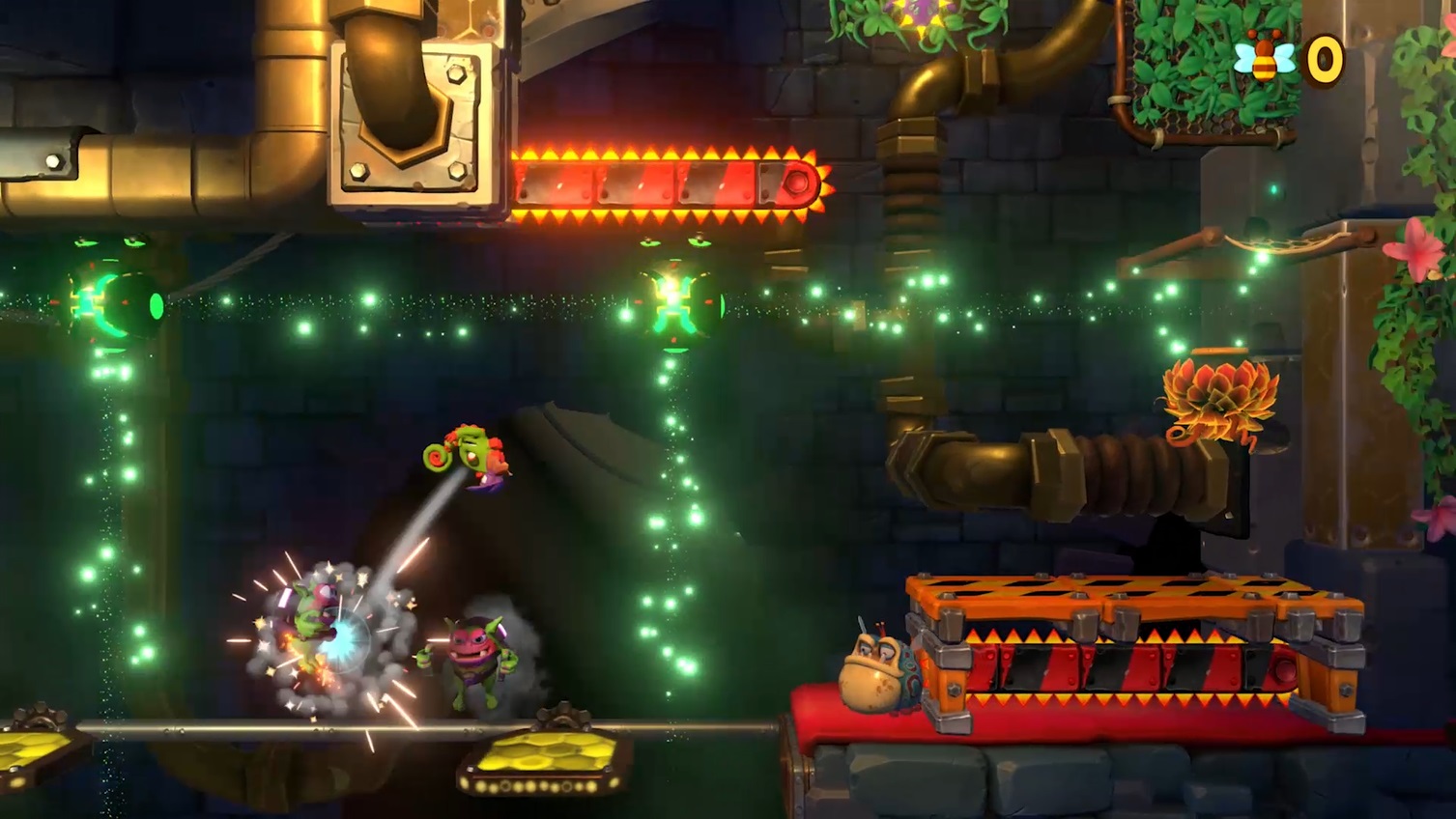
Yooka-Laylee and the Impossible Lair
Yooka-Laylee and the Impossible Lair surprised me, as its predecessor was a pretty good but largely unoriginal experience that felt more like a novelty item than a new game. The latest from Playtonic, however, managed to take the 2D-platforming formula found in the Donkey Kong Country games (which I love with every fiber of my being) and update it with modern mechanics, a cleverly designed overworld, great level variety, and one of the most punishing yet thoughtfully crafted final gauntlets I’ve ever played. As someone who has played a lot of 2D platformers over the years, I was particularly impressed by how the latest in the Yooka-Laylee canon manages to feel like a classic experience and a refreshing take on the genre all at one. I especially hope other indie developers take note of how Playtonic balanced the basic linearity often found in the genre with the world-roaming freedom found in 3D platformers.
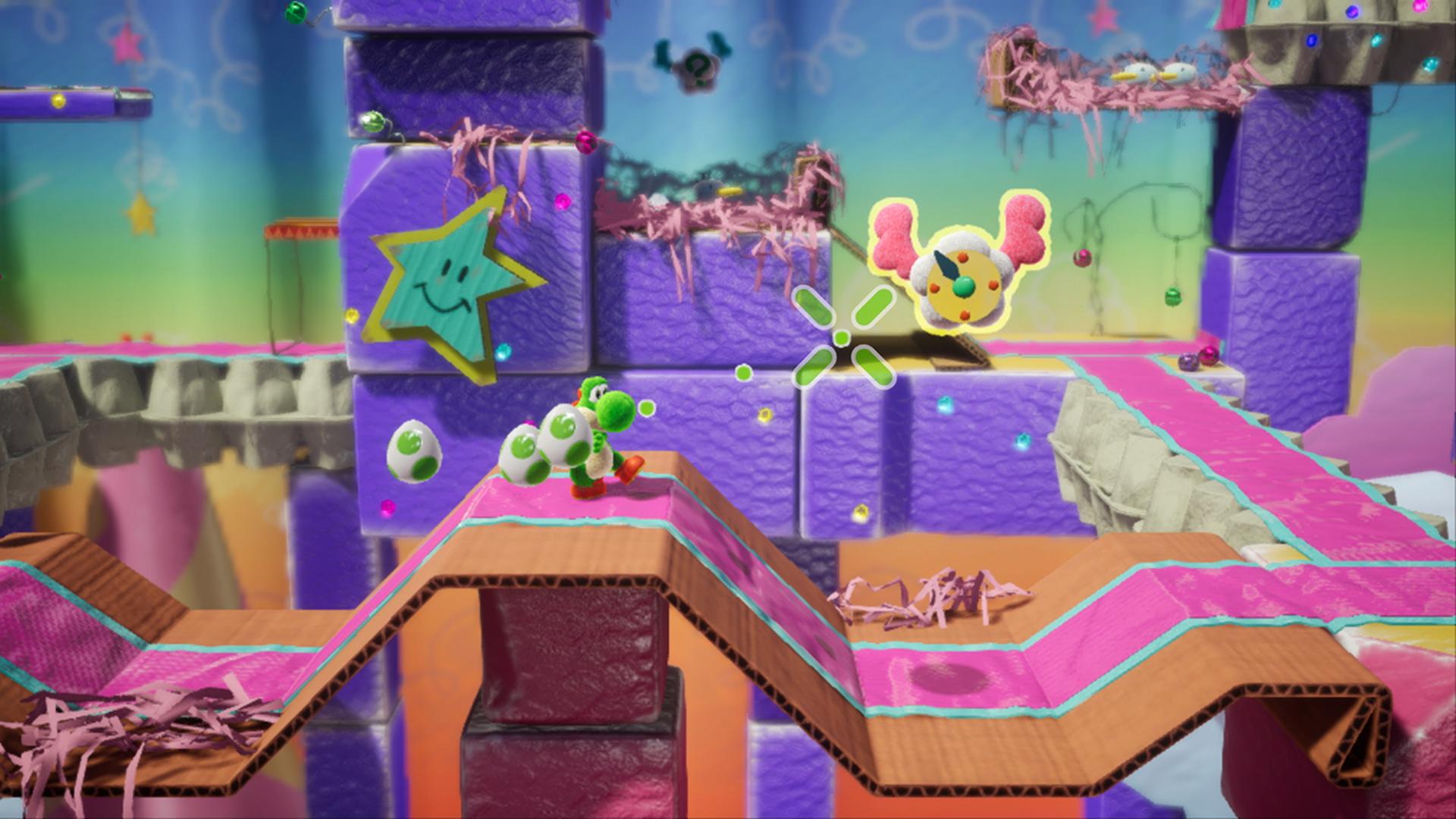
Yoshi’s Crafted World
The latest from Nintendo’s Good-Feel studio was by far the easiest gaming experience I had in 2019. While that might turn some people off, the adorable charm and lifelike crafted environments make Yoshi’s Crafted World a game I would recommend to just about any Switch owner. The basic gameplay is simple yet enjoyable, as just traveling through some of the prettiest and most cleverly built levels of any platformer this year is a delight worth experiencing on its own. It may seem like a game made for children (obviously), but even older players can appreciate the artistic valor behind constructing a little town out of cardboard and milk cartons, or a fish made out of paper plates and pipe cleaners. It’s not the best entry in the Yoshi franchise, but it’s a damn good time either way.
Honorable Mentions: Outer Wilds, Apex Legends
Sam has been playing video games since his earliest years and has been writing about them since 2016. He’s a big fan of Nintendo games and complaining about The Last of Us Part II. You either agree wholeheartedly with his opinions or despise them. There is no in between.
A lifelong New Yorker, Sam views gaming as far more than a silly little pastime, and hopes though critical analysis and in-depth reviews to better understand the medium's artistic merit.
Twitter: @sam_martinelli.


